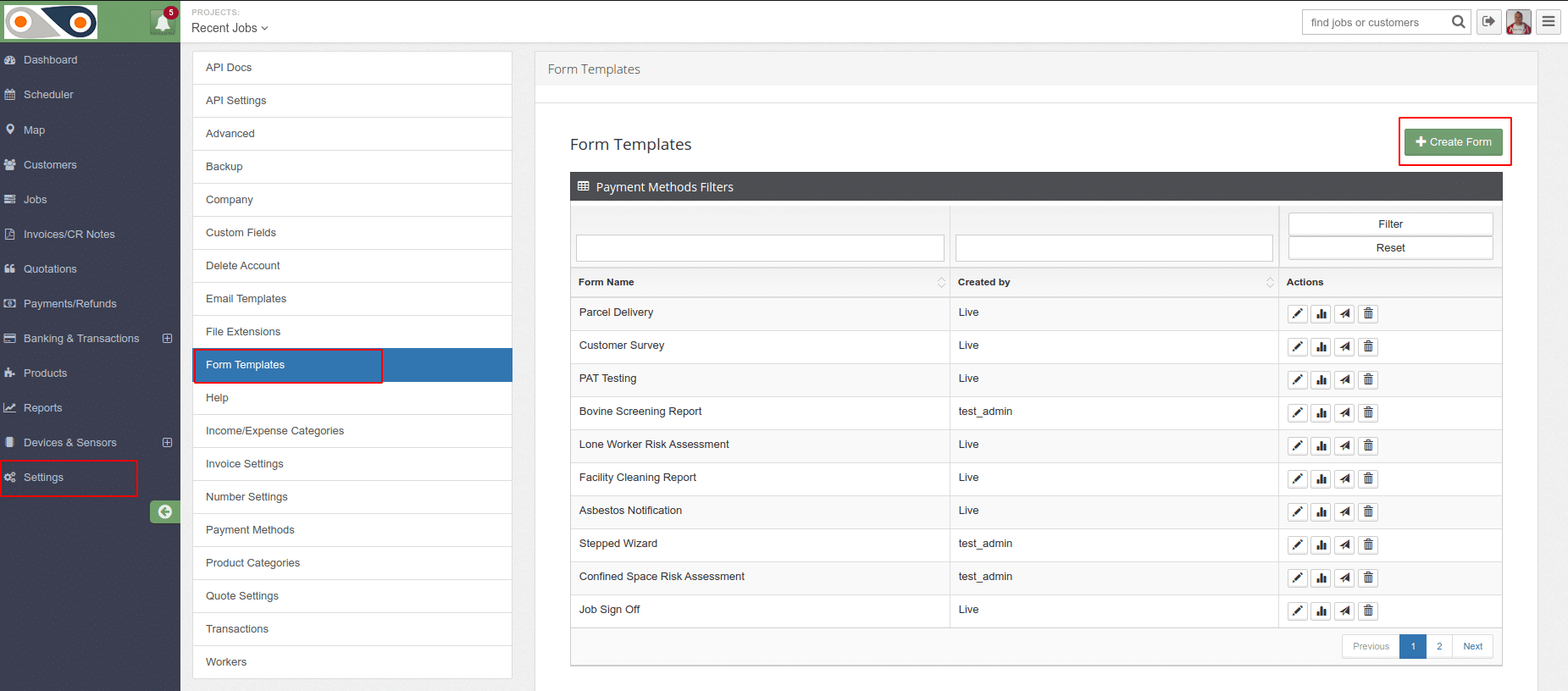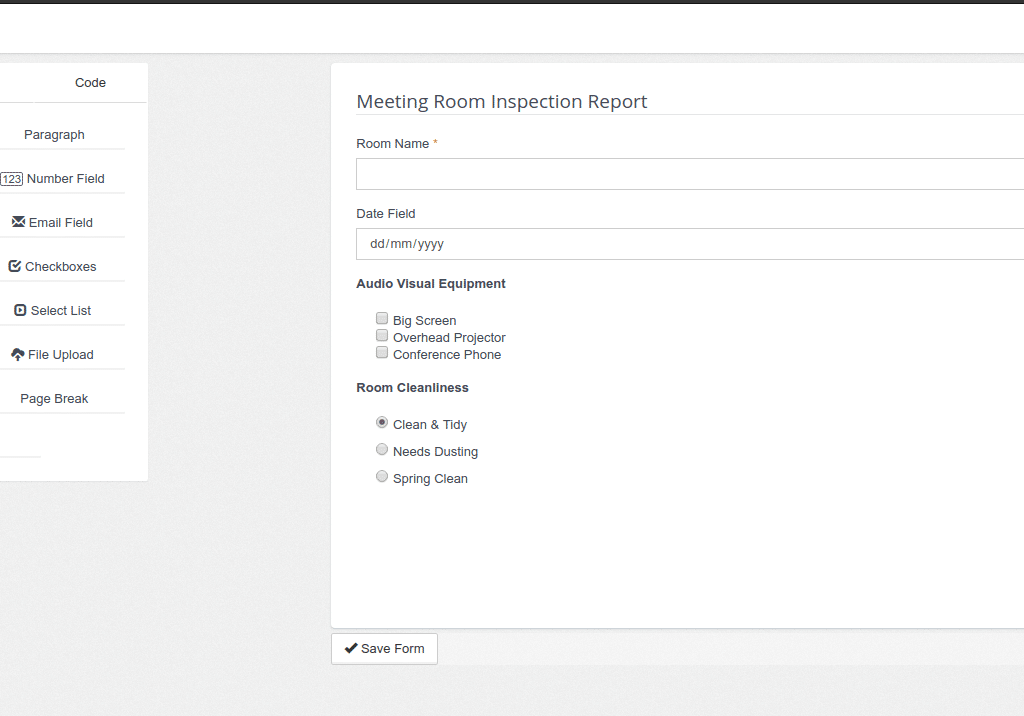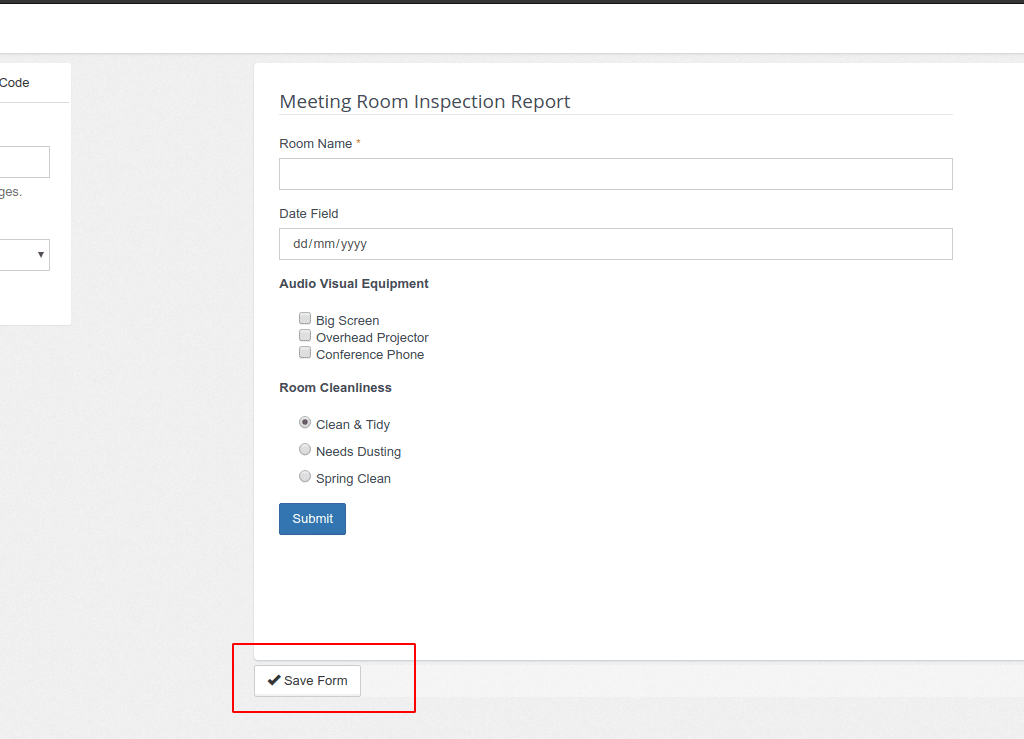Initially, field service software was designed with field techs and their managers in mind. However, in the recent past, other industries have taken this path to better the performance of their businesses. Any industry that deploys skilled laborers and assets to off-site locations benefits from field service software. It’s all about resource allocation and data centralization for efficient management and running of the business? activities. With field service software, you got all your business? functions logged in one place.
So, who needs field service management software? Professionals like electricians, plumbers, IT technicians, construction workers, and carpenters all find it useful. Moreover, there?s a wide range of application in many different types of industries.
Here are some industries that benefit from field service management software.
In a fire and life safety industry, equipment and safety systems should be kept running at peak efficiency. Therefore, it’s necessary to provide appropriate services that will ensure the smooth running of processes. On top of complying with government codes, fire and security systems installed should offer reliable services. Since service is at the core of this industry?s operation, most people in fire and security industries are turning to field service software to automate operations of their service delivery. With the field service software tools, the industry can easily monitor security technologies, quickly respond to customers, and manage compliance, inspections, and procedures effectively.
- Medical Device Enterprises
For medical device companies seeking to improve their services, sales, and compliance, field service software becomes very essential for the smooth running and operations of their functions. The medical device enterprises that greatly benefit from this software include those offering installations, repair, and maintenance of medical equipment. With the comprehensive field service tools, service delivery and performance is greatly improved.
Moreover, with the field service software, these industries find better ways of tracking critical records needed for regulatory compliance since the medical industry is one of the most regulated industries in the globe. For the companies doing the manufacturing of medical equipment, they can integrate field service software in their accounting systems to streamline their invoice processes and shorten their billing cycles.
- IT and Communications Services Companies
With the remarkable technological advancements in the recent past, Internet service providers, cable companies, and communications organizations are looking for better ways of service delivery to keep up with the pace of the growing technology. Connections are becoming more complex day by day propelled by an explosion in new data sources, and the use of the devices. To keep up with the increased demand for instant services by customers, the IT and communication service companies, are turning to field service software to make their service delivery more effective.
A combination of the robust, advanced scheduling system and rich functionality makes this software very useful to the communication service companies. They can use the software to design and install complex internet infrastructure. Moreover, field service software can be used by these companies to set up recurring maintenance plans to maintain the installed internet systems.
Most oil and gas industries are faced by complexities which need special handling for better business performance. Since the running of projects is at the cornerstone of their businesses, they’re always looking for better ways to ensure a smooth running of their project activities. For this reason, most of the oil and gas enterprises that have discovered the benefits of field service software are integrating the main activities of their projects in this software.
With the project-based software tools, there?s an efficient flow of information and transparency throughout the enterprise ensuring excellent project management. With the checklist feature included in most field service software, inspections, compliance, site surveys, and maintenance of procedures is made easier in oil and gas companies.
- Facilities Management Industry
Given that this is a service industry, high-level of efficiency is paramount. To meet customer expectations and battle against cost, most facility management industries are turning to field service software. With the comprehensive tools included in the field service software, supervisors can assign tasks to their reports, monitor their progress, and receive alerts on critical issues while in a remote place or at the comfort of their office.
Maintenance and emergency repairs in the facility management industry are greatly supported by this software ensuring increased productivity and efficiency. Additionally, with field service software the industries benefit from a streamlined workflow and improved communication that greatly reduces administration time and cost.
- Industrial Equipment Enterprises
Industrial equipment companies aim at maximizing their overall productivity and preventing equipment downtime. There?s a wide range of activities that take place in industrial equipment companies which require field service software for higher levels of efficiency.
From load testing, installation projects, and load testing to emergency repairs, this software, enables the managers to design work orders, and get them ready for scheduling, and distribute them in a moment. With the equipment and asset tracking software, the supervisors can gain instant visibility into the equipment and assets in the field to ensure their regular maintenance. The scheduling and resourcing tools ensure the supervisors are in full control over the dispatching of their workforce, their schedules, and the route taken by each for maximum work output. Additionally, with the field service software, industrial equipment companies can meet their customer expectations.
Since construction work involve both site work and office work, building industries find field service software very useful in integrating their field and office activities. Field service software is designed to establish effective communication between the office staff and the field operators. With inclusive software tools, the supervisors can easily manage daily inspections and receive feedback from the field workers without leaving the office. Moreover, documentation is simplified, and everything is documented in a central place so that it’s easier to retrieve important information at any time. With field service software, building industries can manage their construction efficiently while minimizing cost, and saving on time.
Filed service software is gaining popularity in the industrial world as most enterprises seek to improve their business? performance, and keep up with the competition. Moreover, more companies are expected to come on board as the field service software companies work extra hard to add more tools to suit a wide range of functions.




